Emergency Department Evaluation of Cholestatic Labs
EMDocs
MARCH 4, 2024
Darnall Army Medical Center) // Reviewed by: Joshua Lowe, MD (EM Attending Physician, USAF); Marina Boushra (EM-CCM, Cleveland Clinic Foundation); Brit Long, (@long_brit) Disclaimer: The views expressed in this post are those of the authors and do not reflect the official policy or position of the Department of the Army, DoD, or the US Government.



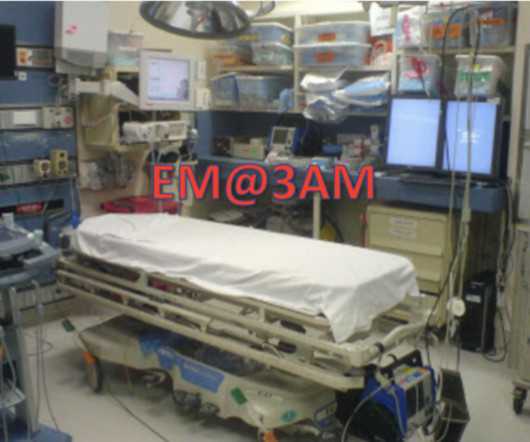



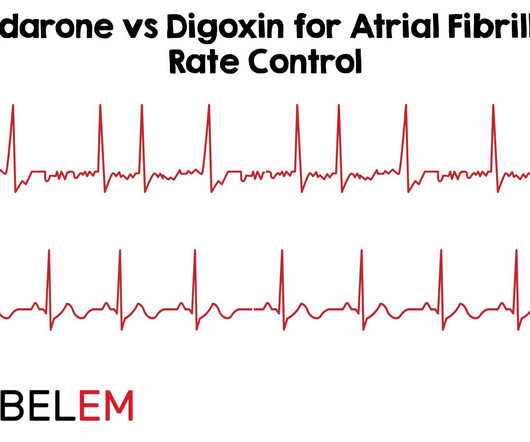












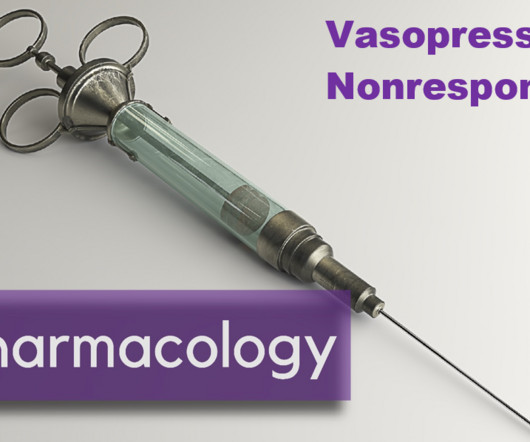



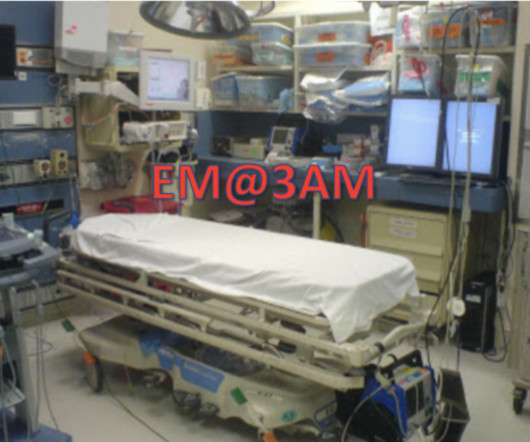

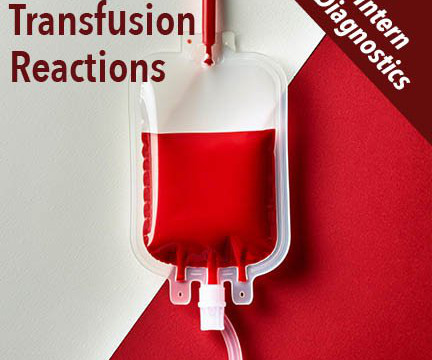


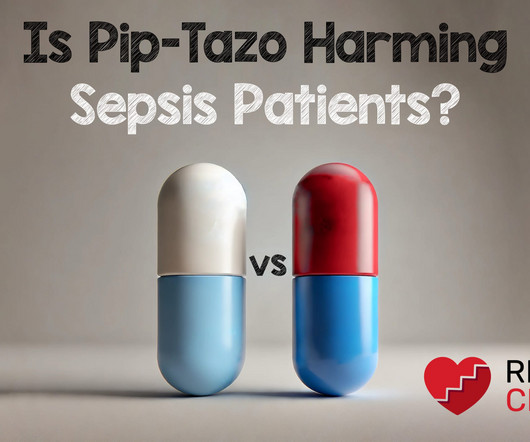








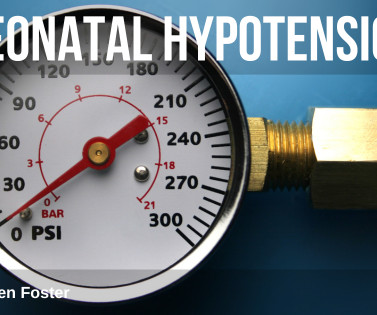
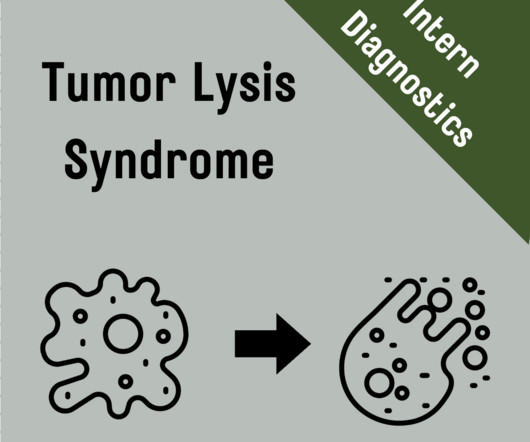
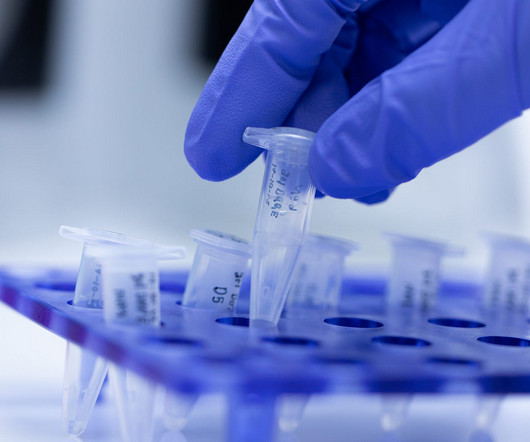






Let's personalize your content